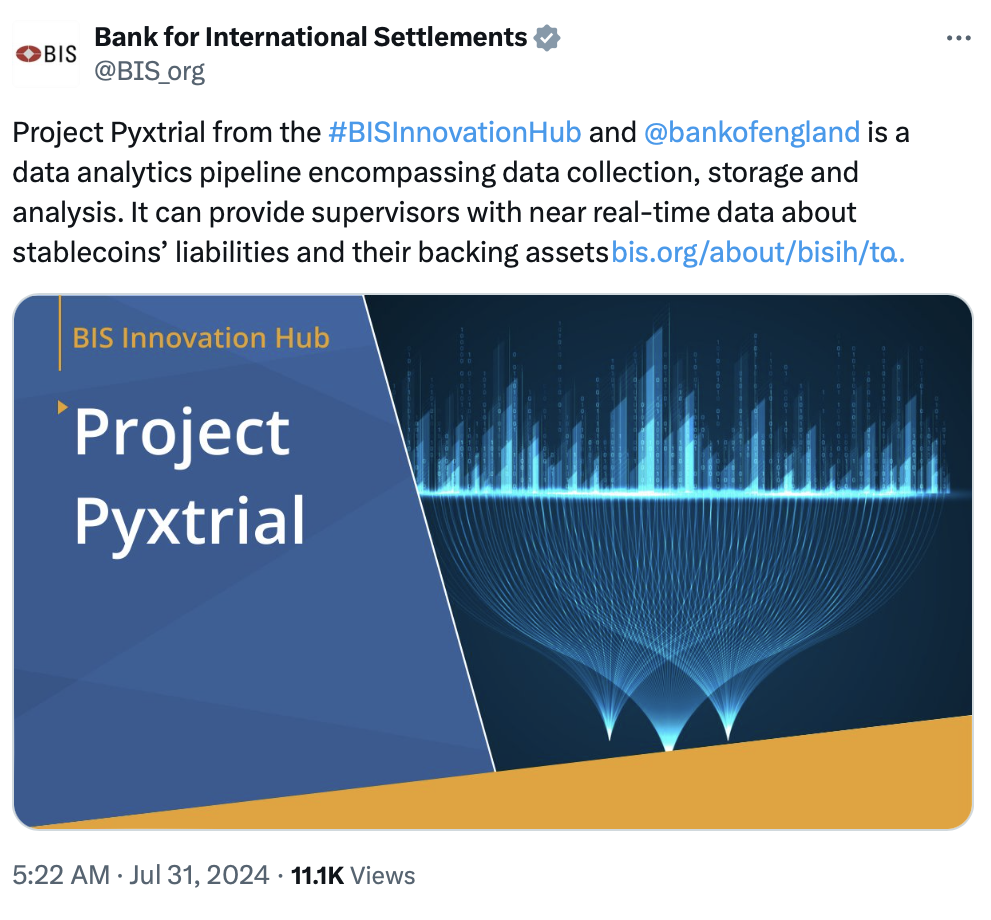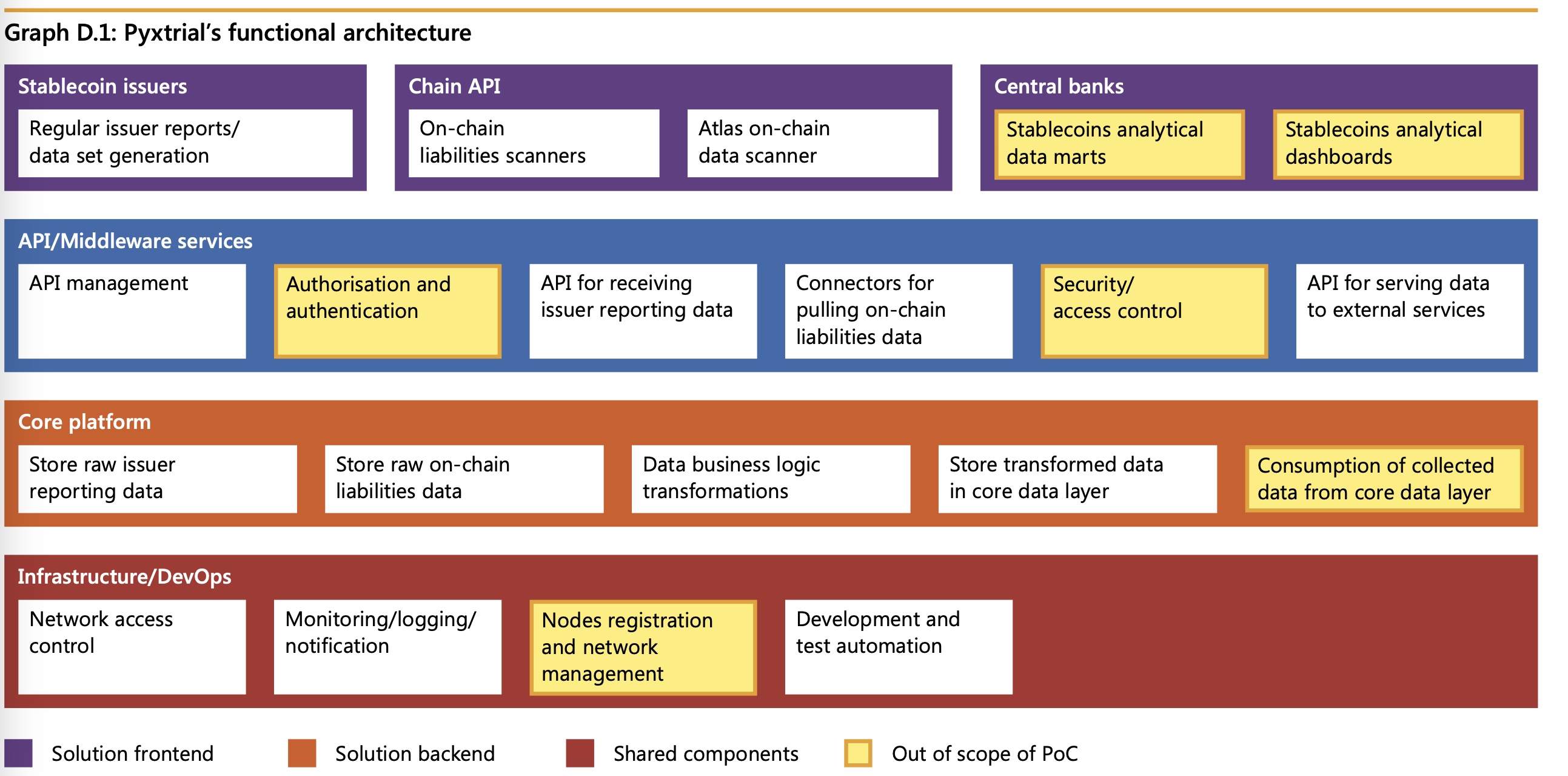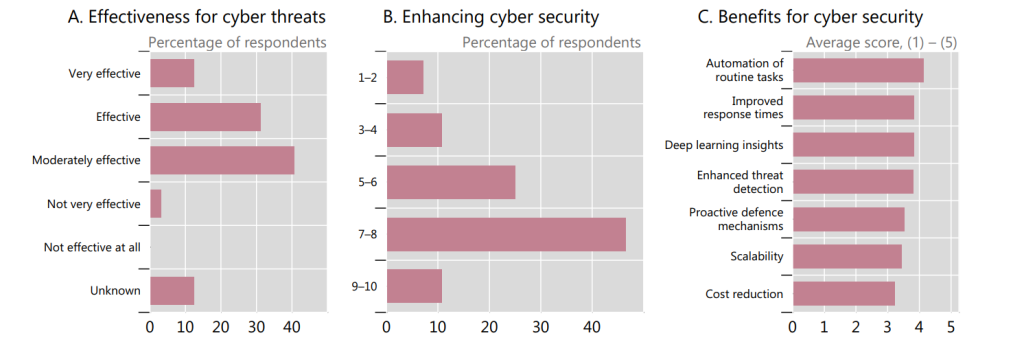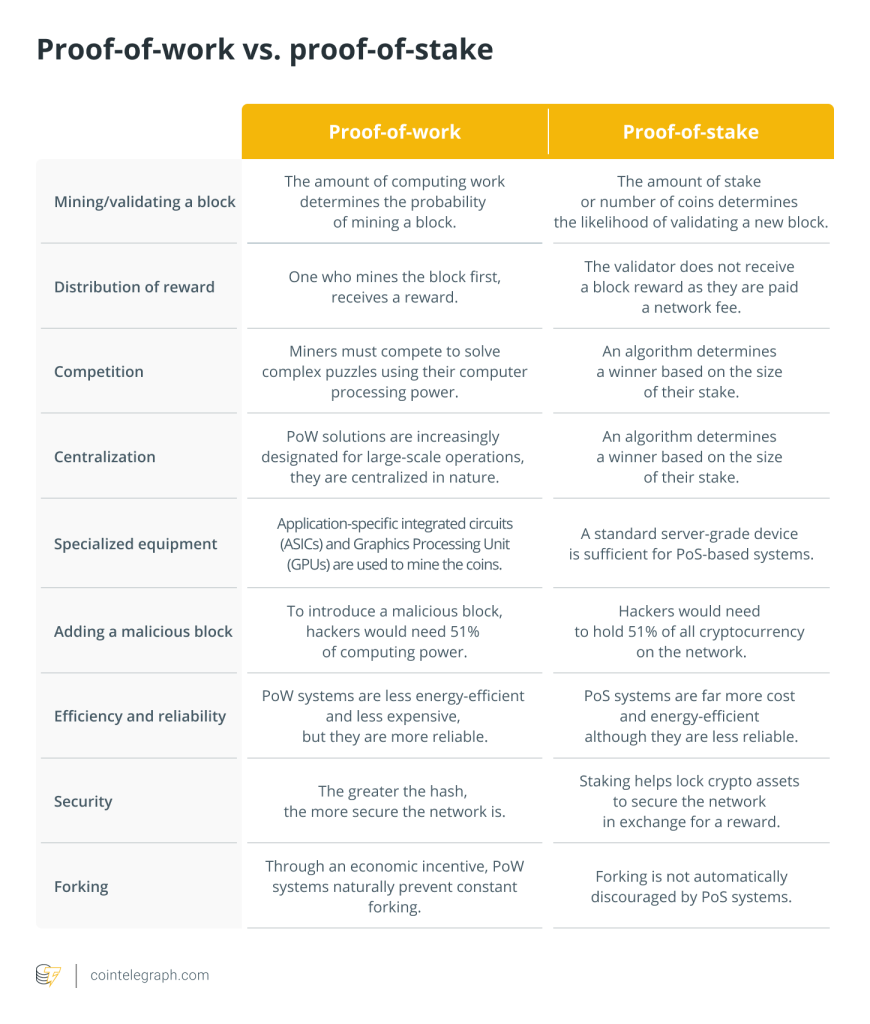BIS, Bank of England unveil Project Pyxtrial for stablecoin monitoring

The proof-of-concept showed that real-time monitoring of stablecoin reserves could be achieved with cooperation among regulators, technologists and issuers.

The Bank for International Settlements (BIS) and Bank of England have released the results of their Project Pyxtrial to monitor the reserves of asset-backed stablecoins and tokenized assets. Pyxtrial is described as a proof-of-concept and an “important first step.”
The system is not entirely ready for launch and, as its creators noted, the world isn’t ready for it either, as the regulations it would help enforce are largely still being formulated.
Merging two data flows
The solution is made up of a data model, database and application programming interfaces (APIs). Processed data would be available to regulators and supervisors through a customizable dashboard. The system is not completely automated:
“Pyxtrial does not assess asset quality, the rigour of asset valuations or the quality of the data sources used. Hence […] supervisors may need to play a role in setting out rules or guidance on data quality.”
Pyxtrial is designed to gather data hourly from blockchains and platforms that host stablecoins. That data is then matched with data from issuers about the stablecoins’ backing assets. The self-declared data received from issuers could be insufficient in severa ways. The Pyxtrial user needs the enforcement authority to specify the data that must be submitted and, crucially, the frequency of submitting it.

Related: Unharmonized regulation threatens stablecoin usability — BIS report
Lots of work, but big potential
A related project, Atlas, could be leveraged to supply some data to Pyxtrial. Project Atlas works similarly, gathering onchain data from cryptocurrency exchanges and public blockchains, as well as offchain data, then processing them for the needs of central banks.

Training users would be a challenge. The report authors point out an extensive knowledge of blockchain technology and regulations will be needed by operators. On the other hand, Pyxtrial could be easily adapted to monitor other digital assets, such as tokenized securities or bonds. The authors wrote:
“Pyxtrial is designed so that its technical components […] are modular, reusable and can be repurposed. It is intended to be adapted to specific regulatory needs and integrated into existing systems, while having the flexibility to be enhanced in future.”
The proof-of-concept also shows the potential for regulators and technologists to cooperate, the report said.






Responses